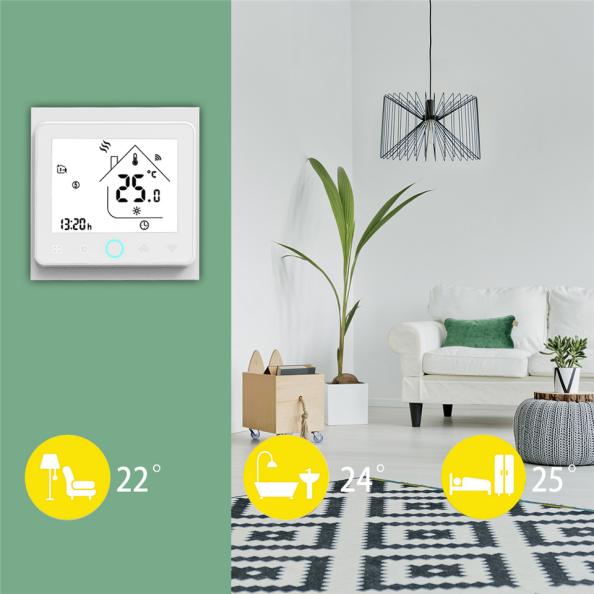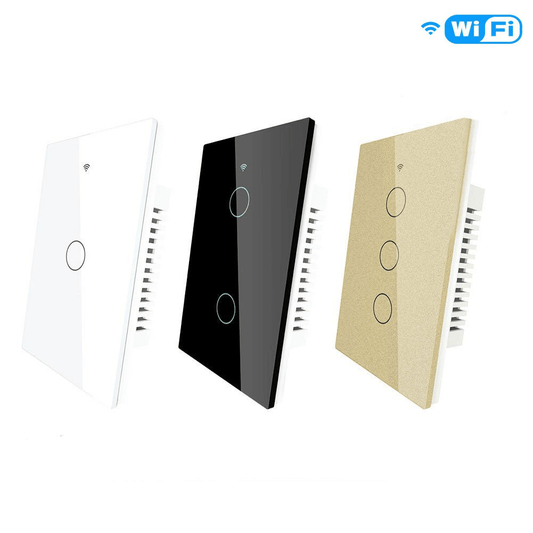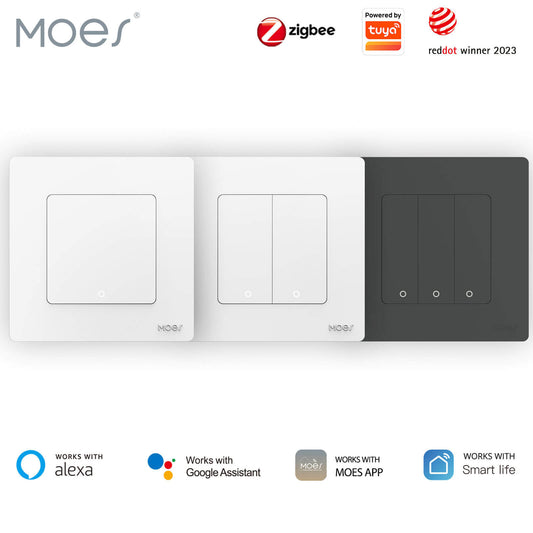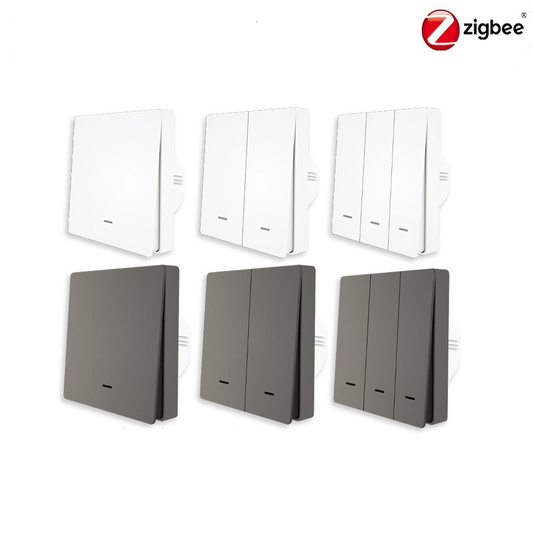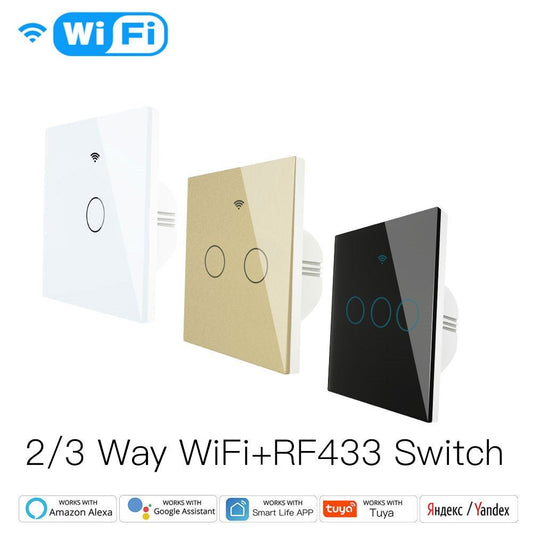The world of home automation is constantly evolving. The smart thermostat is one of the disruptive devices changing the way we control our indoor environment. Traditional thermostats have been replaced by smart thermostats with a wide range of features and benefits.
From learning your preferences to adjusting temperature settings based on your schedule, smart thermostats are revolutionizing the way we control our home climate.
In this ultimate guide, we'll explore the various features and types of smart thermostats, and the many benefits they offer.

What is a Smart Thermostat?
In its essence, a smart thermostat is a device that offers more advanced functionalities than just temperature control. Unlike traditional thermostats that rely on manual adjustment, smart thermostats give you the ability to control your heating and cooling systems remotely.
They're typically connected to the home's Wi-Fi, allowing homeowners to adjust settings from their smartphones, tablets, or computers.
Types of Smart Thermostats
While the basic premise remains consistent, smart thermostats come in various forms and functionalities.
Here are the main types:
Learning Thermostats
These thermostats “learn” your routine. For instance, if you regularly turn down the heat at 10 PM, the thermostat will start doing it for you after observing the pattern.
Remote Control Thermostats
As the name suggests, these allow users to control the temperature remotely through an app.
Geofencing Thermostats
These use your smartphone’s location to determine if you’re home. If you’re away, the system will adjust the settings to save energy.
Sensor-based Thermostats
They rely on sensors placed around the home. If no motion is detected in a certain period, the thermostat assumes no one is home and adjusts accordingly.
How Do Smart Thermostats Work?
You can control the device through a smartphone app, but you can also use the touch interface on the device itself, just like a traditional thermostat. As they become more accustomed to the app, many people choose to use traditional controls to adjust the temperature.
This feature also saves you from discomfort if you lose your Wi-Fi (or your phone loses its location) for an extended period of time, such as during a storm or during scheduled maintenance in your area.

Benefits of Using a Smart Thermostat
Now, let's explore the benefits that come with this piece of technology:
Energy Savings: This is the most notable advantage. By efficiently managing your heating and cooling, these thermostats can substantially reduce your energy bills.
Enhanced Comfort: With features like learning abilities and weather responsiveness, smart thermostats can maintain optimal indoor conditions.
Convenience: Gone are the days of walking to the wall-mounted device. Adjustments can be made from the comfort of your couch or even from another city.
Environmental Impact: Reduced energy consumption not only saves money but also results in fewer greenhouse gas emissions, helping combat climate change.
VIncreased Home Value: With the growing demand for smart homes, having a smart thermostat can add to your property’s appeal and value.
Cost-effective: Despite the initial investment, the cumulative savings on energy bills mean the thermostat often pays for itself in a short period.

Smart Thermostat Disadvantages
There are relatively few downsides to smart thermostats compared to traditional programmable thermostats. One major downside to smart thermostats is the steep learning curve.
With a regular thermostat, you simply turn a knob or press a button to set the temperature. To get the most out of your smart thermostat, you need to learn how to create features through apps and other smart devices.

How To Install a Smart Thermostat?
Installing a smart thermostat is a fairly simple process that can be done in just a few steps.
Here are general guidelines on how to install:

1. Choose the right smart thermostat
Before buying a smart thermostat, make sure it's compatible with your HVAC system. Check the manufacturer's website or consult a professional to ensure compatibility.
2. Turn off the power
Locate the circuit breaker for the HVAC system or the power switch on the furnace/air handler. Turn it off to prevent any electrical accidents during installation.
3. Remove the old thermostat
Remove the cover from the existing thermostat to expose the wiring. Take pictures of the wiring or label them to remember connections. Then, use a screwdriver to unscrew the thermostat from the wall mount.
4. Install the new wall mounting plate
Place the new wall mounting plate onto the wall, aligning it with the existing screw holes or using new holes as needed. Secure the board with screws or anchors.
5. Connect the wires
Connect the wires from the HVAC system to the corresponding terminals on the smart thermostat base plate. The most common wires are R (power), C (common), W (heating), and Y (cooling), but the labels may vary depending on your system.
6. Install the smart thermostat
Place the Smart Thermostat on the wall plate and align it with the connector. Gently push it into place until it clicks or it connects securely.
7. Turn the power on
Return the HVAC system's circuit breaker or power switch and turn it back on. The thermostat should activate and display setting instructions.
8. Follow the setup instructions
Your smart thermostat will guide you through the setup process. This usually involves connecting it to Wi-Fi, signing up for an account, and configuring preferences like temperature settings and schedules. Follow the on-screen prompts or refer to the manufacturer's instructions for this step.
9. Test the thermostat
Once set up, test the smart thermostat by adjusting the temperature setting and checking that the HVAC system responds accordingly. Make sure the heating and cooling cycles are working properly.
10. Enjoy your smart thermostat
Now that your smart thermostat is installed and set up, you can control and monitor your HVAC system remotely using a smartphone app or via voice commands (if it works with virtual devices like Alexa or Google Assistant). Assistant compatible).
Conclusion
In conclusion, smart thermostats have revolutionized home heating and cooling. With their advanced features, variety of types, and numerous benefits, smart thermostats are a must-have for any modern home.
Whether controlling the thermostat remotely, saving energy and money, or optimizing comfort, smart thermostats offer exceptional convenience and efficiency.
MOES is a renowned brand committed to delivering top-notch smart home devices for individuals seeking to embrace a fully integrated smart lifestyle.
Our ultimate goal is to create and offer comprehensive solutions in home furnishing, ensuring our esteemed customers can indulge in a delightful and convenient living experience. If you have any questions about our products, please feel free to contact us.

